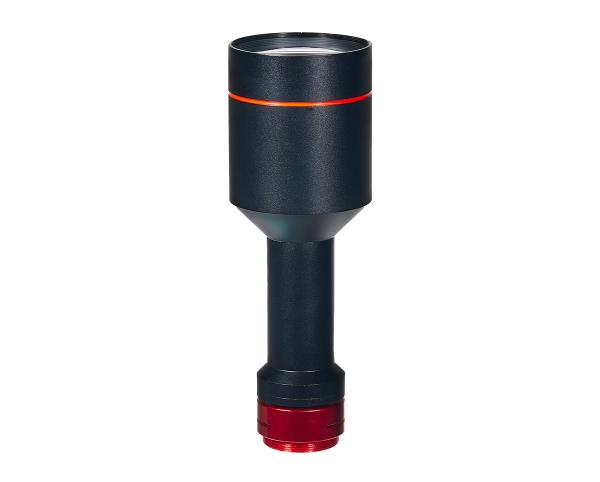Telecentric lenses, also known as tilt-shift lenses or soft-focus lenses, have the most important feature that the internal shape of the lens can deviate from the optical center of the camera.
When a normal lens shoots an object, the lens and the film or sensor are on the same plane, while a telecentric lens can rotate or tilt the lens structure so that the optical center of the lens deviates from the center of the sensor or film.
1、The advantages and disadvantages of telecentric lenses
Advantage 1: Depth of field control
Telecentric lenses can selectively focus on specific parts of the picture by changing the tilt angle of the lens, thus enabling photographers to create special selective focus effects, such as the Lilliputian effect.
Advantage 2: Perspective control
One of the main advantages of telecentric lenses for architectural photographers is that they provide greater control over perspective. Ordinary lenses may cause straight lines in photography (such as the stacked floors of a building) to appear skewed, but telecentric lenses can change the visual line so that the lines appear straighter or normal.
Advantage 3: Free viewing angle
Telecentric lenses are able to create different free angles of view (i.e. views that are not parallel to the sensor). In other words, using a telecentric lens allows you to capture a wider field of view without moving the camera, which is very useful for architectural and landscape photographers.
The telecentric lens
Disadvantage 1: Complex operation
Using and mastering telecentric lenses requires more specialized skills and a deep understanding of photography, which may be difficult for some beginning photographers.
Disadvantage 2: Expensive
Telecentric lenses are more expensive than ordinary lenses, which may be a price that some photographers cannot accept.
Disadvantage 3: Applications are limited
Although telecentric lenses are very useful in certain situations, such as architectural photography and landscape photography, their application may be limited in other situations, such as portrait photography, action photography, etc.
2、The difference between telecentric lenses and ordinary lenses
The main differences between telecentric lenses and ordinary lenses lie in the following aspects:
Depth of field control
In a normal lens, the focal plane is always parallel to the sensor. In a telecentric lens, you can tilt the lens to change this plane, so you can control which part of the image is sharp and which part of the image is blurred, giving you greater control over the depth of field.
Telecentric lens photography applications
Lens mobility
In a normal lens, the lens and image sensor (such as camera film or digital sensor) are always parallel. In a telecentric lens, parts of the lens can move independently of the camera, allowing the lens’ line of view to deviate from the sensor plane.
This mobile nature makes telecentric lenses great for photographing buildings and landscapes, as it changes perspective and makes lines appear straighter.
Price
Telecentric lenses are generally more expensive than regular lenses due to the particularities of construction and application.
Aperture
Telecentric lenses generally need to be equipped with a larger aperture, which is helpful for shooting in low-light environments.
It should be noted that although telecentric lenses can create unique visual effects, they are more complex to use than ordinary lenses and require higher skills from the user.
Final Thoughts:
If you are interested in purchasing various types of lenses for surveillance, scanning, drones, smart home, or any other use, we have what you need. Contact us today to learn more about our lenses and other accessories.
Post time: Jun-11-2024





